The first of five rebuilt Class 73s for GB Railfreight should be ready for testing in March, and is planned to be on the main line by the end of April.
The locomotive (73901) is in the final stages of its rebuild at Wabtec’s Brush Traction, Loughborough. It will then start a period of static testing for four weeks, before moving to the Great Central Railway for further testing.
Initially five locomotives will be rebuilt, with three already at Loughborough, but the firm hopes more will be added to the project. GBRf owns 15 Class 73s, and has not ruled out buying more.
GBRf Fleet Engineer, Traction, Robert Tiller told RAIL the rebuilt locomotives offer more flexibility and provide an innovative solution to a traction problem. He added that the project is a re-engining scheme, much like the fitting of MTU engines to High Speed Train power cars. Life expectancy for the design is 25 years.
The first locomotive has been rebuilt from 73209, which was redundant, and which had been used as a shunter at Celsa’s Cardiff site. It will be followed onto Network Rail tracks about four weeks later by 73902 (ex-73204). When the programme is fully working, each rebuild should take 18 weeks.
The rebuild involves fitting a brand new MTU diesel engine capable of 1,500hp, as well as a new alternator. The new engine is three tonnes lighter than the 600hp English Electric component it replaces, and is more fuel-efficient, which means the ‘73/9’ can travel further on diesel power.
Tiller said the design is based on an MTU engine fitted to an HST power car. He explained that the engine requires a lot of air to keep it cool, and so there are filters in the roof of the ‘73’.
A pre-heater has been fitted, as the temperature needs to be 25°C for an MTU engine to start. New hydraulic cooler groups have been fitted, and all the auxiliary systems on the locomotive are now AC motor-driven, which cuts down on maintenance.
In addition, the rebuilt ‘73’ will no longer have to rely on traction batteries to start, as it has been fitted with an ultracaps starter engine that holds the charge when in use. This is the first time such a system has been used in the UK, and Tiller said it was a big reliability key for the locomotive.
The brake system has been modified on the design, with vacuum brakes removed on some locomotives. GBRf owns two ‘73/1s’ that retain dual-brakes (73119 and 73136), and these will be the last to be rebuilt.
It will remain a 90mph locomotive, with Tiller telling RAIL: “This project is for 10-20 years.” He explained that a major problem with the Class 73s, which date from 1962, is the lack of spares, although this has resulted in many brand new components being fitted. “They are a vastly different locomotive,” he said.
The ‘73’ retains its bogies, buffers, mainframe, drawgear and traction motors. “The ‘73’ is a successful BR project,” said Tiller, who added that all retained components are fully overhauled.
They have kept their multiple working capabilities - a socket has been fitted to the front of the locomotive in a similar design to a ‘66 - and in the future will work with other Class 73/9s, Network Rail Driving Van Trailers, Class 66s and Guards Luggage Vans (GLVs). The electric train heat system is also retained.
In the cabs, a twin driving position has been retained, but new indicators have been fitted. Externally LED headlights have been fitted, as well as a roof-mounted headlight. The indicator blinds will be removed, but the window will be blacked out.
Each windscreen costs more than £10,000, and Tiller believes that this is wasteful when the centre screen is not used. Instead it will house invertors and GSM-R equipment.
- This news feature was originally published in RAIL 741 on 5 February 2014

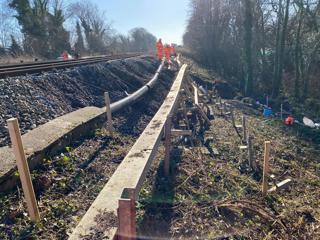
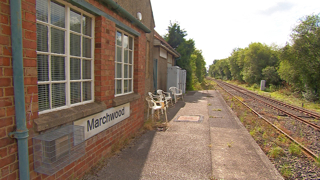
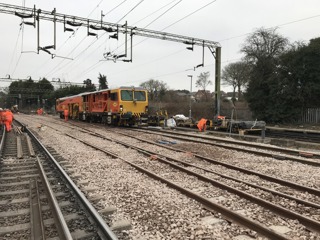
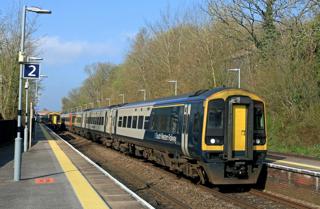
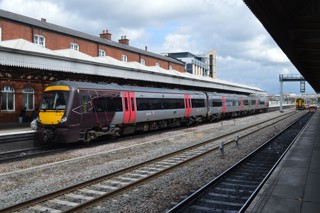











Login to comment
Comments
No comments have been made yet.